Tropical Forestry Crops
How Building a Market for Tropical Forest Crops Can Drive Sustainable Food Systems
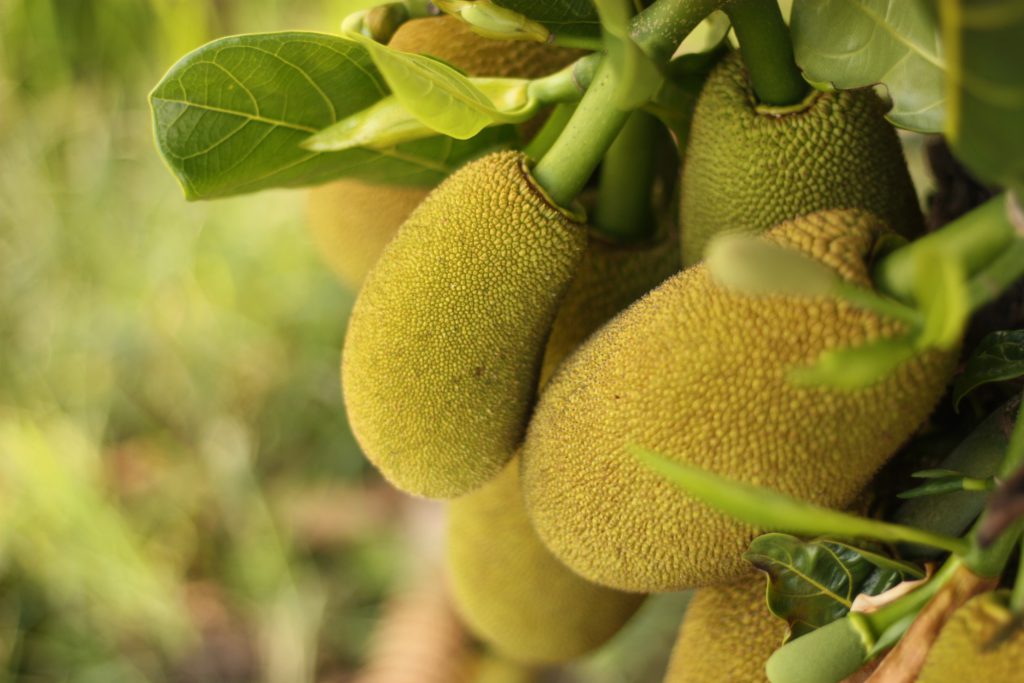
Researchers have identified trees as perhaps our greatest tool to solve climate change, end food insecurity, and maintain freshwater resources. There exists an incredible commercial, financial and social opportunity in transforming arable agricultural land, or high risk forests, into a scaled production model that combines food production and sustainable forestry.
This vision requires a major shift into a new approach to land management, post-harvest processing models, finance, and output marketing. There is an inherent multiple revenue stream that can incentive this model to grow into a sustained movement. These cash flows can include carbon credits, ecological protection credits, and the sale of food, and forest outputs.
Leonel Chavez, legendary regenerative farmer from Mexico, once brought me into the middle of a forest in order to teach me about sustainable agriculture. He asked me, “How much fertilizer is used here? What about pesticides? Herbicides? What about organic compost inputs?”
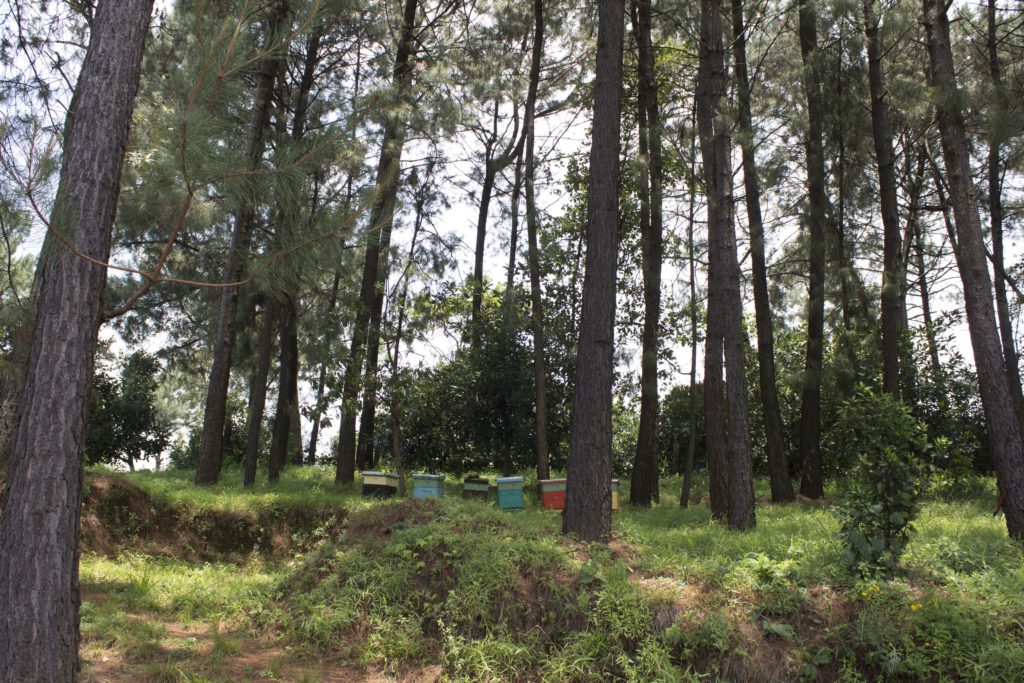
Absolutely no inputs were used, yet it was obvious how big the trees were. It was clear that the plants and organisms within this ecosystem were utilizing every ray of light and drop of water perfectly. And in the middle of all of this forest activity was a thriving wild blackberry patch.
This is just one example of the potential of forestry agriculture—the natural cycles of fruits, leaves, trees and branches, animal droppings and other organic materials robustly sustaining life. Within this ecosystem, high-quality organic food outputs can simultaneously exist.
When we pause for a moment and begin to observe nature, we quickly realize that a perfect cycle of food production often already exists in the forest. There is an incredible abundance, and transpiration from leaves creates rainfall and further abundance. The cycles of the forest are attuned to Mother Earth. If we can learn from this cycle, we can discover solutions to scale up sustainable food production in tandem with sustainable forests and biodiversity.
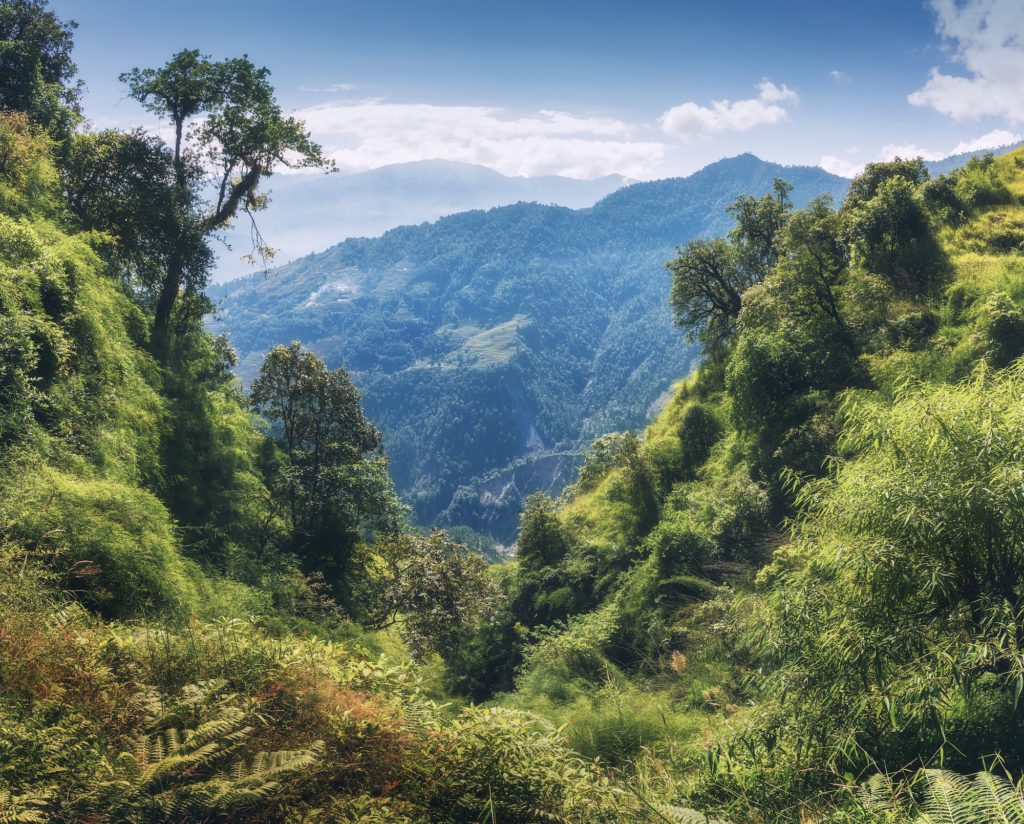
Many tribes in the Amazon rainforest have lived in cultivated landscapes in a biological corridor for thousands of years. Through selective harvesting, cutting and replanting, humans can access an immense supply of food, medicines and wood, alongside the rest of the natural world. Of course, these Amazonian examples are not densely populated areas; nonetheless, there is a scalable conceptual model present there. It is possible to adopt and adapt it to create a sustainable food production model that sequesters carbon, supports biodiversity, and maintains freshwater resources.
While I am not a professional botanist, permaculturist or food forestry expert, I do know some of the best ones. Over the years, I have become 100% certain that many well-known and in-demand fruits, starches, superfoods, herbs, spices, and medicines grow exceptionally well in a biodiverse tropical rainforest environment. Furthermore, if we are going to create nutritional replacements to wheat, potatoes, soy, and corn imports, especially in the tropical regions, we will require products that can serve as carbohydrate replacements.
Scaling Sustainable Food Production
We have identified three prime crops for scaling forestry starch: jackfruit, breadfruit, and peach palm. An array of highly-valued and marketable specialty items could complement these crops, including coconut, acai, cinnamon, cacao, tropical avocado, pili nut, and mamey.
At Producers Market, it is our vision to become a leader in the education, marketing and sales of such crops that empower sustainable forestry development.
Breadfruit tree from the Jungle Project.There are key blockages to achieving a scaled transition to this new form of forestry-based agriculture in three areas. The first is operational management. As opposed to a traditional farm, where everything can be organized into rows and mechanized with farm equipment, a tropical forestry model will require innovative efficiencies on planting schema and harvest models to keep costs low on the raw materials costs to market.
The second obstacle is the requirement for professional and scalable post-harvest infrastructure to transform the raw materials into shelf-stable products that can be exported and sold. This is especially important in the tropics, where products often perish rapidly, the hot tropical weather accelerating the process. Outputs must be processed into a bulk, packaged form for shipping and export. In some cases, climate control warehouses are required, which adds an additional infrastructure and operating cost.
The third, and perhaps most important, obstacle is the need for an established market with strong demand from buyers and consumers for the key products being grown and processed under this type of food forestry model. If brands are unwilling to shift current models of marketing and sales of products typically derived from unsustainable field grain crops, then there would quickly be an oversupply of these forestry based products. Prices would then fall, and production would never scale.
A New Approach to Marketing
A fragmented, multi-trillion dollar industry will have to connect the crops that thrive in such a sustainable forestry system into new and existing marketing channels. Brands will then have to work with governments and multinational non-profits to build campaigns that get consumers engaged and supportive of growers who implement sustainable forestry models.
If we are to achieve a shift in agriculture production to the tune of millions of hectares of land and hundreds of billions of dollars of product, we need consumer education to build awareness. And we need a strong commitment from the brands who will be marketing such products. These developments will require a collective effort to shift our value chain practices and marketing to prioritize and reward crops that sustain forests and biodiversity.
This model represents a return to our roots, and to the natural cycles of tropical forests. Centuries ago, humans moved into a model of production in the tropics that was about controlling nature instead of working with it. We have cleared diverse tropical forests in favor of monoculture crops such as rice, soy, corn, and sugarcane. Now we must go back to the original cycles of nature and recover its connection to ancient human culture to secure our future for our children.
We need significant research, development, and sizable commitments to brand integration if we are to make these outputs highly marketable in a global bulk environment.
This will be especially important in the local and regional markets in which these products are cultivated and ought to be consumed. These products offer an alternative to the economic reliance on importing commodity grains, mostly GMO and chemical driven, from non-tropical regions, which also cause health issues for low-income populations in the tropics.
The Solutions are Already Here
Research and development on animal feed—a massively imported product for food systems—is one major scalable sales opportunity for forestry-based systems. Developing pellet blends of local roots, grains, herbs, and other forestry-based outputs, it is possible to create a highly nutritious and sustainable animal feed for aquaculture and especially the poultry meat and egg industries of these regions. Localizing the animal protein production can serve to drive sustainable development and combat climate change.
One such opportunity to drive new market demand for regional production is in the CARICOM region. There is a commitment from the heads of state of 14 countries to replace 25% of imports within five years to drive economic growth, resilience, and sustainability. Moving into forestry models of food production can be a driving solution.
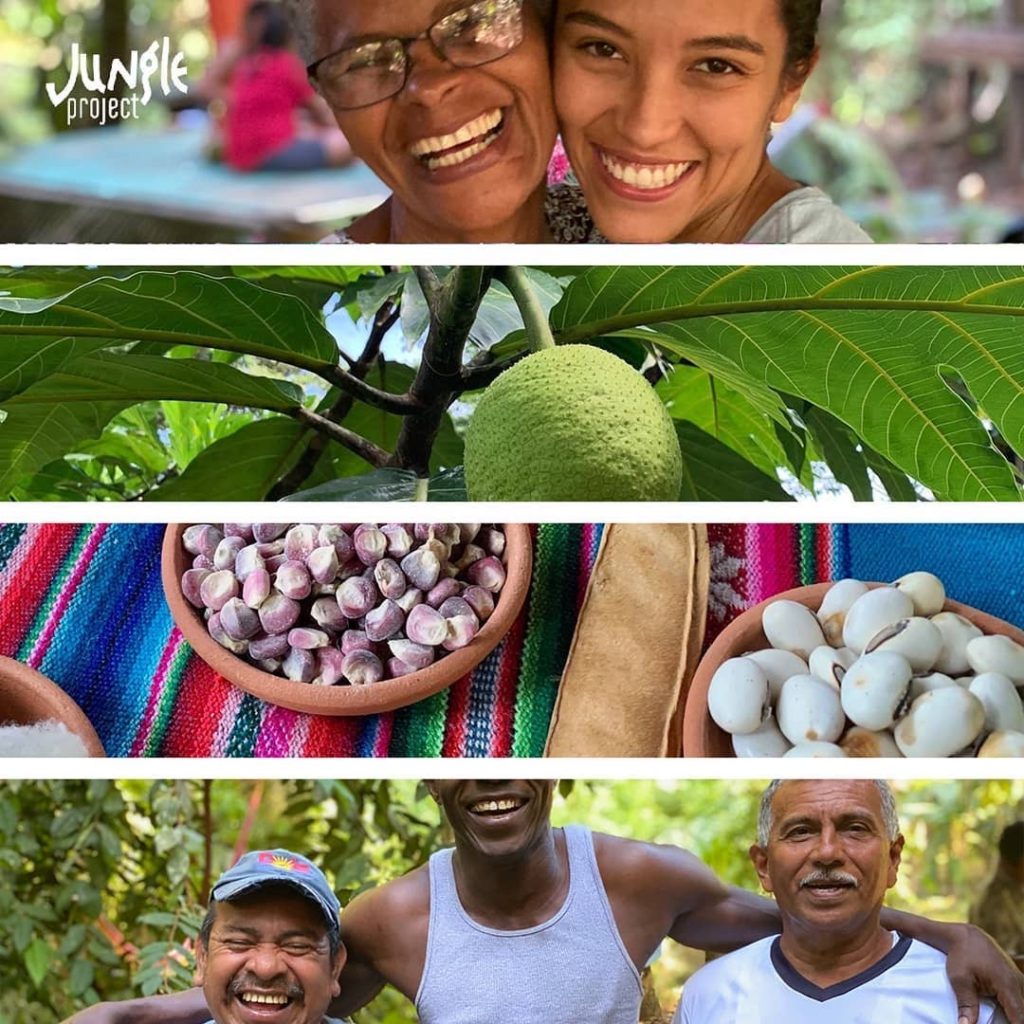
The Jungle Project, a Producers Market member based in Costa Rica, is one such beacon of hope when it comes to forestry-based food production models. The company is working on scaling the cultivation and marketing of breadfruit as an alternative flour input to the global natural food industry. It is a highly nutritious crop that can be grown by small farmers; however, the key bottleneck is in establishing a market. Small farmers are reluctant to plant a crop without knowing that there is a well-established post-harvest market. Understandably, they don’t want to put time, resources and energy into growing a massive tree with no buyers when they could have planted other crops there.
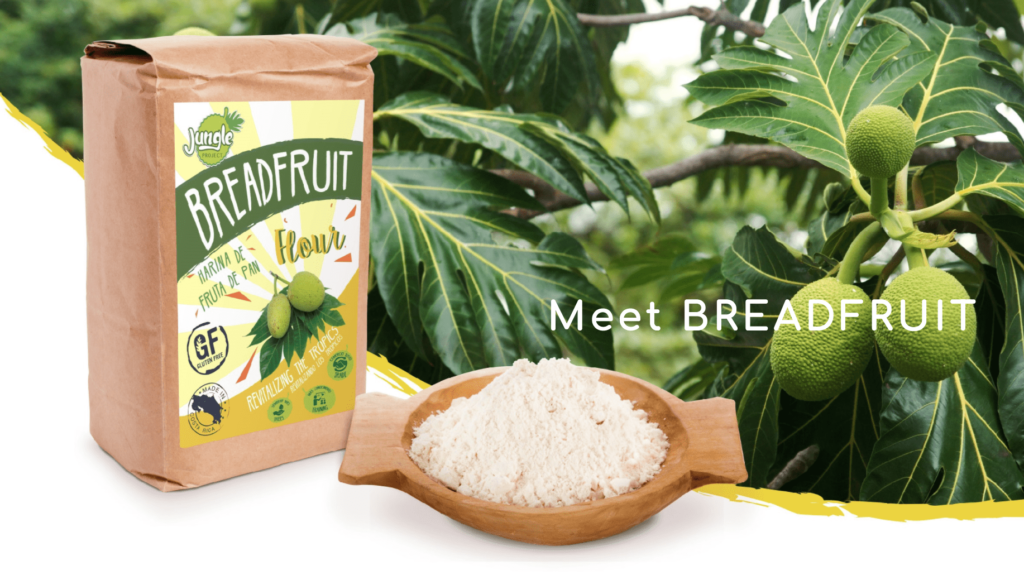
Building a progressive planting model necessitates that secured offtake agreements be structured into the deal. This will be a requirement for financing such initiatives. While the carbon sequestration and biodiversity elements do indeed have a financial benefit and established market, the kicker here is the revenue from the sustainable harvests that come off the land. It is this revenue that will drive billions of dollars in investment into such models in the coming years.
After all, why focus on planting a single layer of monoculture crop, like soy or corn, that requires incredible amounts of inputs and has to be replanted each year, when we can develop a five-layer canopy approach that thrives in its natural form and will be productive for hundreds of years to come?
The ecological and true economic benefits of these sustainable forestry models are undeniable. Now it is time for marketing, sales, investment, and post-harvest innovation to take hold so that the most vulnerable places in the world—largely those located around the equator—can build thriving food system models that can sustain not just the tropics, but entire global populations.
What are your thoughts on forestry crops as a base for sustainable food systems? Share with us in the comments below.
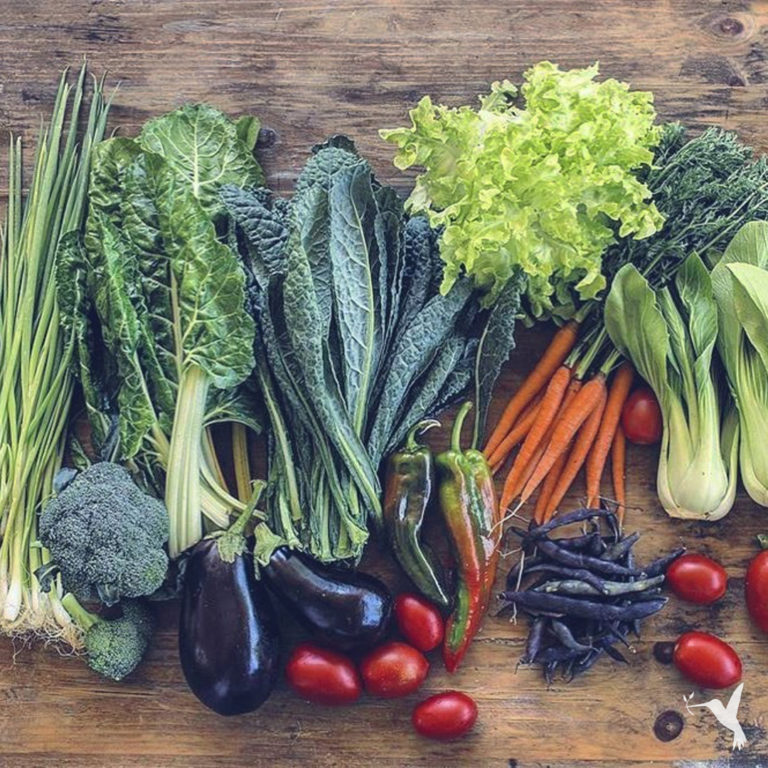
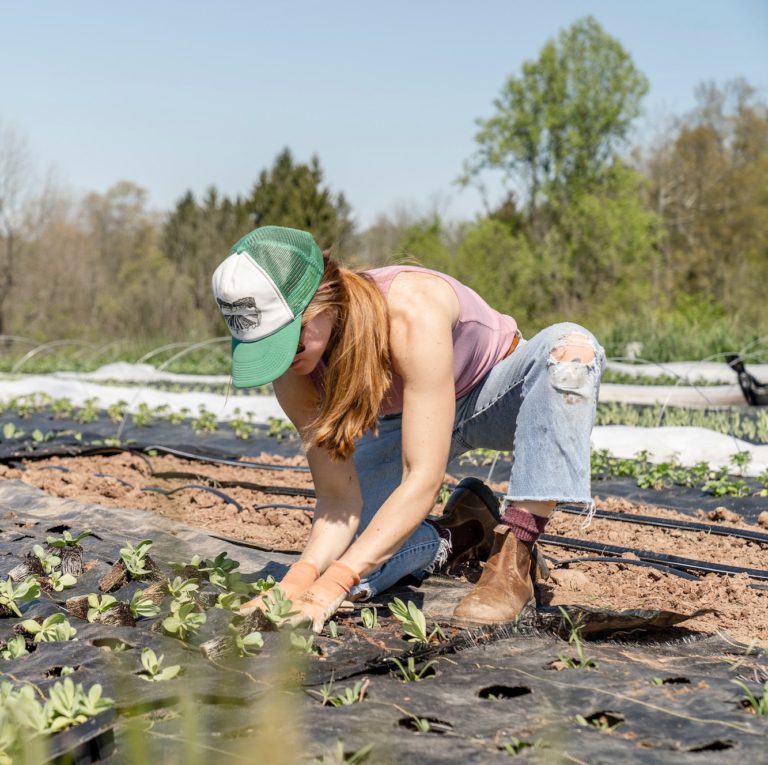
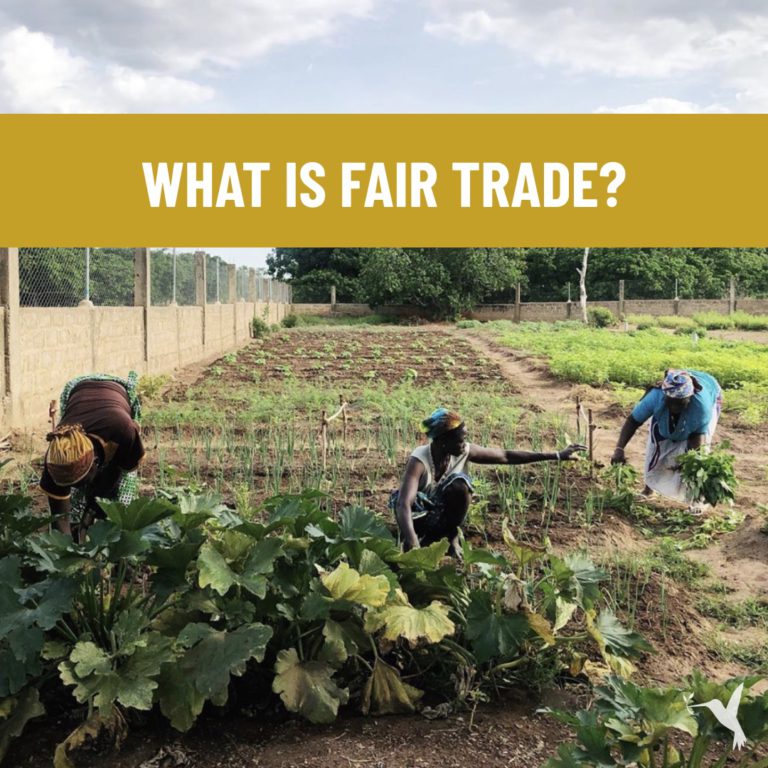
1 comment
I am in Bukoba Tanzania we are planting pine trees here in most of our grassland but the return is very little and it takes 7 to 10 years to cut the tree can help us to find a suitable forest crop for us which will encourage more people to plant trees?